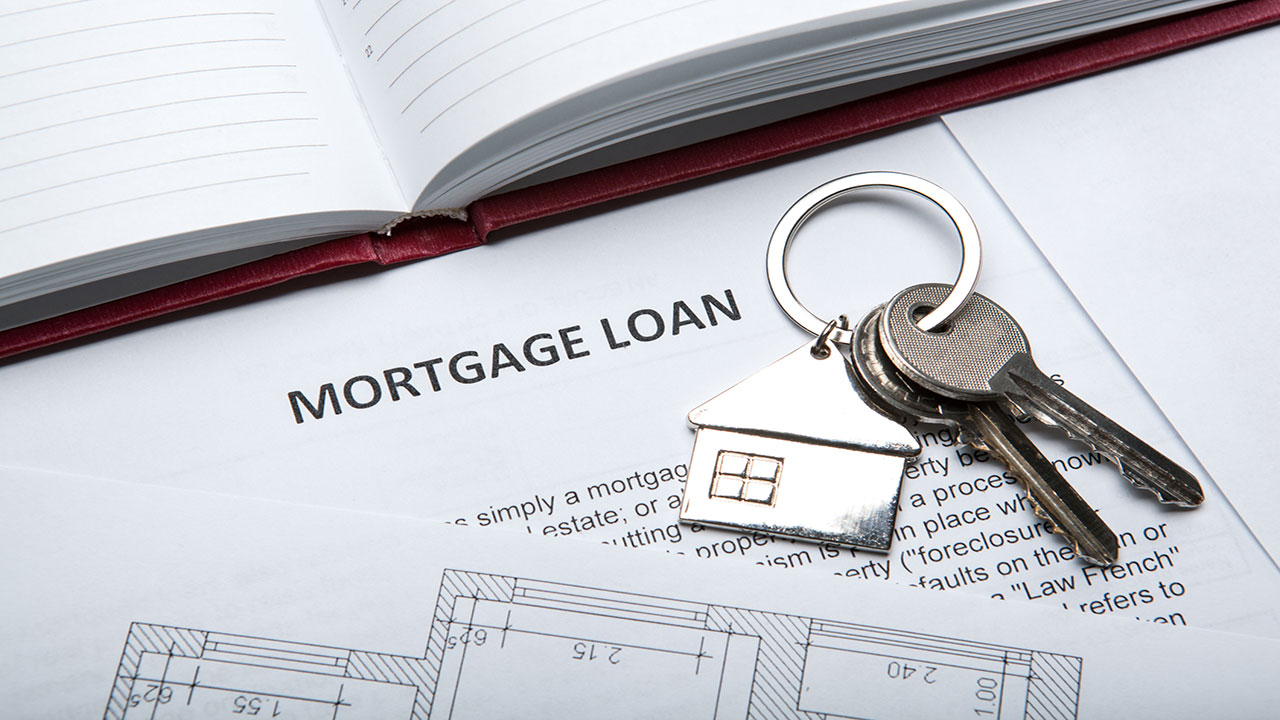Are Adjustable-Rate Mortgages Too Risky?

If you’re taking out a mortgage on a home, you’ll be stuck paying interest on top of the initial loan that you take out. The lower the interest rate, the less you’ll be paying towards interest overall, which is why it’s always best to try to get the lowest rate possible on a home loan.
The promise of a lower interest rate will certainly capture the attention of borrowers, and adjustable-rate mortgages typically offer lower rates compared to fixed-rate mortgages, at least for the first little while. But adjustable-rate mortgages are also known to fluctuate throughout the life of a home loan. While you might be promised a lower rate during an initial time period, that rate can easily go up at some point.
Given this fact, is an adjustable-rate mortgage too much of a risk to consider?
What is an Adjustable-Rate Mortgage?

Adjustable-rate mortgages involve monthly mortgage payments that can move up and down as the interest rate fluctuates. The majority of adjustable-rate mortgages offer an initial time period whereby the rate is fixed, which means the rate doesn’t change during this time.
Once this initial period ends, it will be followed by a longer time frame where the interest rate will change at specific intervals. During this time, the rate will fluctuate along with the index (of which there are many), which is a rate determined by market forces.
The rate associated with an adjustable-rate mortgage is calculated by adding the index rate with the “margin,” which is a percentage rate that can be negotiated with the lender. The margin never changes once it’s been agreed upon, but the index does, which is why the rate will typically be higher or lower at preset intervals.
How High Can Interest Rates Go?
Some buyers may be concerned about the fluctuation of interest rates with adjustable-rate mortgages, which is a valid concern. Rates certainly do go up and down, as is the nature of this type of loan product. But that doesn’t mean the rate can go sky-high with no rhyme or reason to its soaring increase.
In order to prevent interest rates from getting out of control, a “rate cap” is put in place. The purpose of a rate cap with adjustable-rate mortgages is to reduce overall interest costs and limit the amount that the interest rate can increase.
Three different types of rate caps exist to help control interest rates and protect borrowers. The initial adjustment cap determines how much the interest rate can rise after the first adjustment when the fixed-rate period ends. The subsequent adjustment cap determines how much the interest rate can rise in the adjustment time periods following the initial rate adjustment, while the lifetime adjustment cap determines how much the interest rate can rise over the life of the mortgage.
These rate caps help keep rates somewhat under control so they can’t arbitrarily skyrocket for no reason.
Some Adjustable-Rate Mortgages Are Riskier Than Others

The thought of interest rates increasing after the initial fixed-rate period can sound a little unsettling, but there are certain types of adjustable-rate mortgages that can be riskier than others.
Mortgages that incorporate negative amortization – also referred to as “payment option” adjustable-rate mortgages – can be tricky if you’re not careful with them. These types of loan arrangements involve minimum monthly mortgage payments that might not include the entire interest amount. As such, they’re typically more affordable because you’re not obligated to pay the full interest portion.
The part where things get tricky is when you eventually have to repay that interest amount. Any unpaid interest will be added to your principal balance, which means you will have to pay more on your overall mortgage, regardless of whether or not you’ve been making your monthly payments on time.
Adjustable-Rate Mortgages Best Suited For Specific Borrowers and Markets
The idea of paying less in interest – albeit for a temporary amount of time – sounds attractive. In fact, adjustable-rate mortgages can help borrowers keep more money in their pockets thanks to lower rates. But these types of home loans aren’t for everyone, nor would they be ideal for certain markets.
Adjustable-rate mortgages are better suited for those who only plan to stay in their home for a short while. If you are planning to live in your home for less than five years, this type of mortgage arrangement might be less risky for you. That’s because you’ll be refinancing or getting rid of your mortgage before the fixed-rate period ends (or soon after), which means you won’t be vulnerable to any sudden increases in mortgage payments when it’s time for the rate to be adjusted.
In fact, these types of home loans are ideal for those who plan to sell in the near future because it allows them to take advantage of lower rates and save a great deal of money on interest before they sell.
On the other hand, those who plan to stay put in their homes for the long haul will be more vulnerable to rate fluctuations. If the market is predicted to favor a sharp increase in interest rates in the near future, you could be vulnerable to rate increases after the initial fixed-rate period ends. If you don’t have the budget to accommodate for such an increase, you could find yourself having trouble managing your mortgage payments.
However, if rates are expected to decrease at some point in the near future, an adjustable-rate mortgage can help you take advantage of a lower rate rather than being locked into a higher rate with a fixed-rate mortgage.
The Bottom Line
At the end of the day, adjustable-rate mortgages are only risky if the markets dictate a rate hike in the near future and you don’t have the financial cushion to accommodate higher mortgage payments. Before you decide to take out an adjustable-rate mortgage, you’d be well advised to speak with a seasoned mortgage broker in great detail. Based on your future plans, your financial situation, and the current and future market, you’ll be better able to decide if an adjustable-rate mortgage is risky or not for you.
